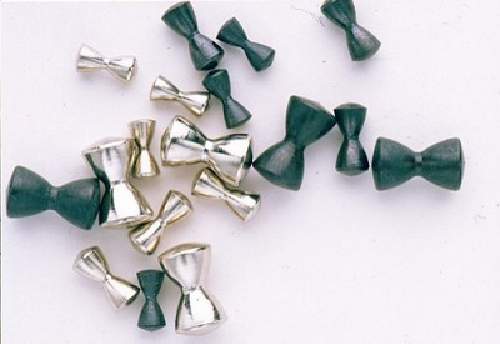Trout Wet Flies: Nymphs
 In the 19th century expert fisherman, G.E.M. Skues, came to favour trout wet flies, having discovered the value of nymphs. This was in a period when dry fly was the style insisted upon by most anglers. His peers' realisation that Skues caught more fish that way than they did was not something that made them particularly happy. But, through the years, his theories have proven to become more widely accepted, and the trickle of assent in time became a flood. These days most fly fishermen practise nymph fishing.
In the 19th century expert fisherman, G.E.M. Skues, came to favour trout wet flies, having discovered the value of nymphs. This was in a period when dry fly was the style insisted upon by most anglers. His peers' realisation that Skues caught more fish that way than they did was not something that made them particularly happy. But, through the years, his theories have proven to become more widely accepted, and the trickle of assent in time became a flood. These days most fly fishermen practise nymph fishing.
Nymphs emulate the larval stage of a number of aquatic insects and artificial flies are tied to imitate these larvae. On British chalkstreams certain names have become synonymous with using this method with a great deal of success. Names like Frank Sawyer and Oliver Kite in particular spring to mind..
In the USA several notable angles, such as James Leisenring, pioneered the use of nymph on the rivers of that country. More than having a mere acceptance of nymph fishing, today’s anglers recognise and well appreciate its importance. Other aquatic insects which are termed “nymphs” include corixae, shrimps and bugs. Indeed in the last couple of decades there has been a huge influx of stillwater anglers to the scene, possibly explaining why nymph fishing is the prime method of taking fish.
Of course many anglers love the challenge of the more conventional dry fly approach, and there is nothing to say that one way is inherently better than another. Using trout wet flies, as opposed to the other approach is, after all, a matter of personal taste.



















